The Business of Numismatics: March 2022 Greysheet
The March 2022 column by Patrick Ian Perez discussing the current numismatic marketplace.
As one flips through the pages of this issue, many readers will be pleased to see many green “up” arrows spread across many series. Virtually all of the auctions held in January— whether United States or world coins—set numerous individual coin records and realized totals that either exceeded previous highs or came very close to them. All combined, more than $102 million worth of numismatic material changed hands in January.
The rare coin market is in a very healthy place, and any time many new price records are set a flurry of opinion and analysis appears in various online forums and publications. It is always tempting to try and draw conclusions about the market and prices going forward. However, as I’ve written in the past, the rare coin market does not lend itself to the same kind of technical analysis as does the equity markets, and more recently, the cryptocurrency markets. Yes, price analysis on individual rarities and specific coin series are helpful, but these look more in a historical context, reviewing what has happened rather than what will happen. An important factor, as Greg Reynolds points out in this month’s feature article, is that rare coins remain a collector-driven market at its core.
One thing that is without question is the lack of fresh material available to dealers. Yes, the big “traditional” auctions—those associated with long-standing shows—have long been the place to bring important collections to market, but now the acceleration of special online-only sales and weekly auctions have given collectors and even dealers an outlet to move material to a huge audience. This has impacted collectors selling their holdings directly to dealers, because given more options they must consider what is best for their particular situation. As a result, more dealers have had to turn to these auctions for both inventory and to source want list coins for their customers. This collector versus dealer competition has always existed, but I believe it is much greater now, both because of convenience and the aforementioned lack of coins. This competition is driving prices in a way not seen in some time. Hence, the challenge of determining wholesale and retail price levels, because who really is driving the market? If dealers are paying what many would consider retail prices for coins, then the wholesale price must increase, and this is what we have seen in multiple areas, especially early gold, Carson City coinage, Territorial gold, and certain Morgan dollars. There is much nuance to this, however, and much of it is opaque. Dealers that buy and stock coins for inventory are true buyers and what they are paying is an accurate reflection of the wholesale market. If a dealer stretches tremendously to buy a coin in auction for a customer who will pay any price and is receiving a 3% commission, is that a true reflection of the wholesale market?
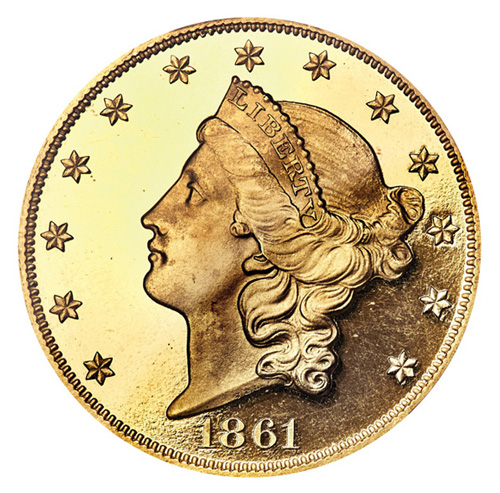 Another contributing factor to the dearth of material is that many coins
being bought are not re-appearing back on the market in a short time frame.
This should be viewed as very positive, because it is a sign that buyers
are not speculating on tomorrow’s price in hopes of a quick profit, but
rather going into long-term holdings. Nothing kills a hot market quicker
than speculation, which is something that plagues other collectible markets
at the moment, especially comics and non-sports cards. This also means the
buyers are individuals with a longer collecting and investing window,
including young professionals. This goes back to my point above, that
although rare coins as a tangible asset have proven to be a solid
investment over time, the market must remain to be collector-driven in
order to be in a stable place.
Another contributing factor to the dearth of material is that many coins
being bought are not re-appearing back on the market in a short time frame.
This should be viewed as very positive, because it is a sign that buyers
are not speculating on tomorrow’s price in hopes of a quick profit, but
rather going into long-term holdings. Nothing kills a hot market quicker
than speculation, which is something that plagues other collectible markets
at the moment, especially comics and non-sports cards. This also means the
buyers are individuals with a longer collecting and investing window,
including young professionals. This goes back to my point above, that
although rare coins as a tangible asset have proven to be a solid
investment over time, the market must remain to be collector-driven in
order to be in a stable place.
It should be mentioned as well that a current bottleneck for coins reaching the market is the backlog at the grading services. Both PCGS and NGC have significant lead times, so whether dealers are submitting raw coins to be freshly graded, crossovers from one service to another, or another service, it is taking longer than usual to get the coins back. Despite both services being acquired for last year, the investments of the new owners have largely been focused elsewhere in their respective companies. It is no secret that numismatic talent is hard to come by, but those individuals with a good and experienced eye are sorely needed.
Sincerely,
Patrick Ian Perez
patrick@greysheet.com

Download the Greysheet app for access to pricing, news, events and your subscriptions.
Subscribe Now.

Subscribe to The Greysheet for the industry's most respected pricing and to read more articles just like this.
Author: Patrick Ian Perez
Patrick Ian Perez began as a full time numismatist in June of 2008. For six years he owned and operated a retail brick and mortar coin shop in southern California. He joined the Coin Dealer Newsletter in August of 2014 and was promoted to Editor in June 2015. In the ensuing years with CDN, he became Vice President of Content & Development, managing the monthly periodical publications and data and pricing projects. With the acquisition of Whitman Brands, Patrick now serves as Chief Publishing Officer, helping our great team to produce hobby-leading resources.
In addition to United States coins, his numismatic interests include world paper money, world coins with an emphasis on Mexico and Germany, and numismatic literature. Patrick has been also published in the Journal of the International Bank Note Society (IBNS).
Related Stories (powered by Greysheet News)
View all news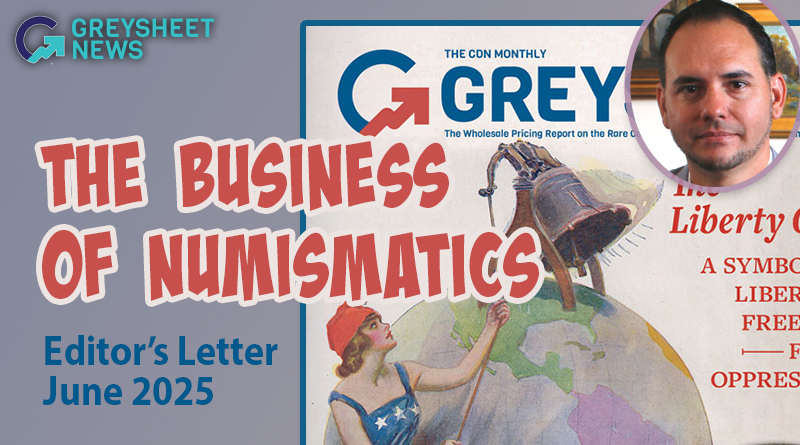
Dramatic swings both ways, but mostly in the upward direction, have commanded the headlines.
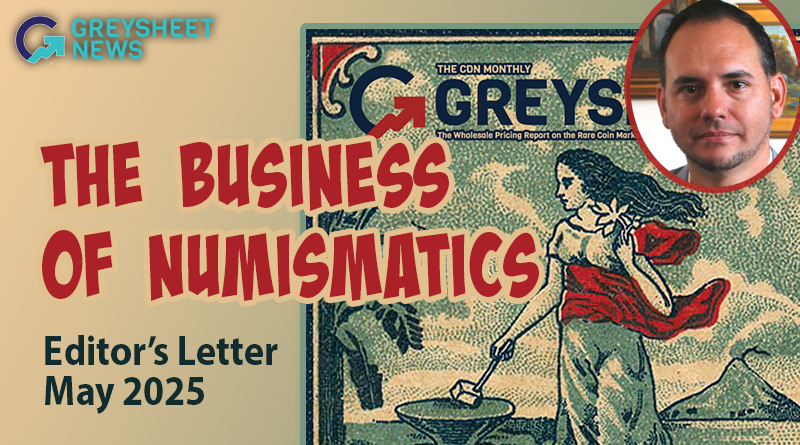
There was no shortage of market madness towards the end of March and into April, from both a macro equity point of view and in precious metals.
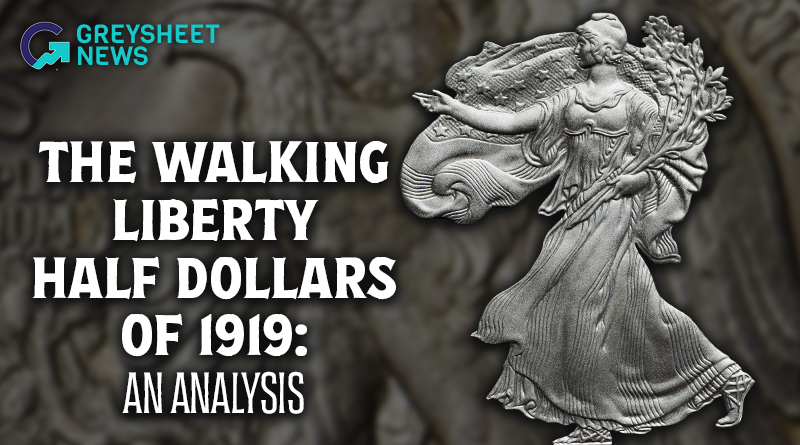
Although the three 1921 Walkers boast the lowest collective mintages in the series, the 1919 dated coins are not too far behind.


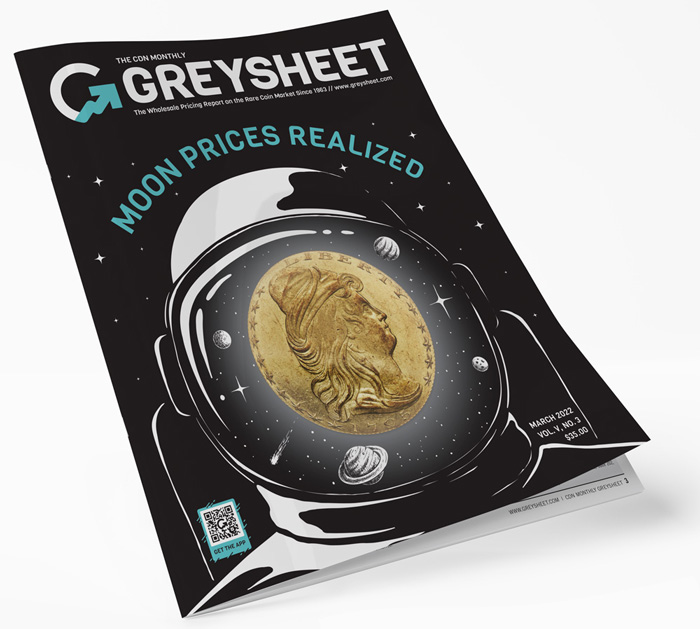






Please sign in or register to leave a comment.
Your identity will be restricted to first name/last initial, or a user ID you create.
Comment
Comments